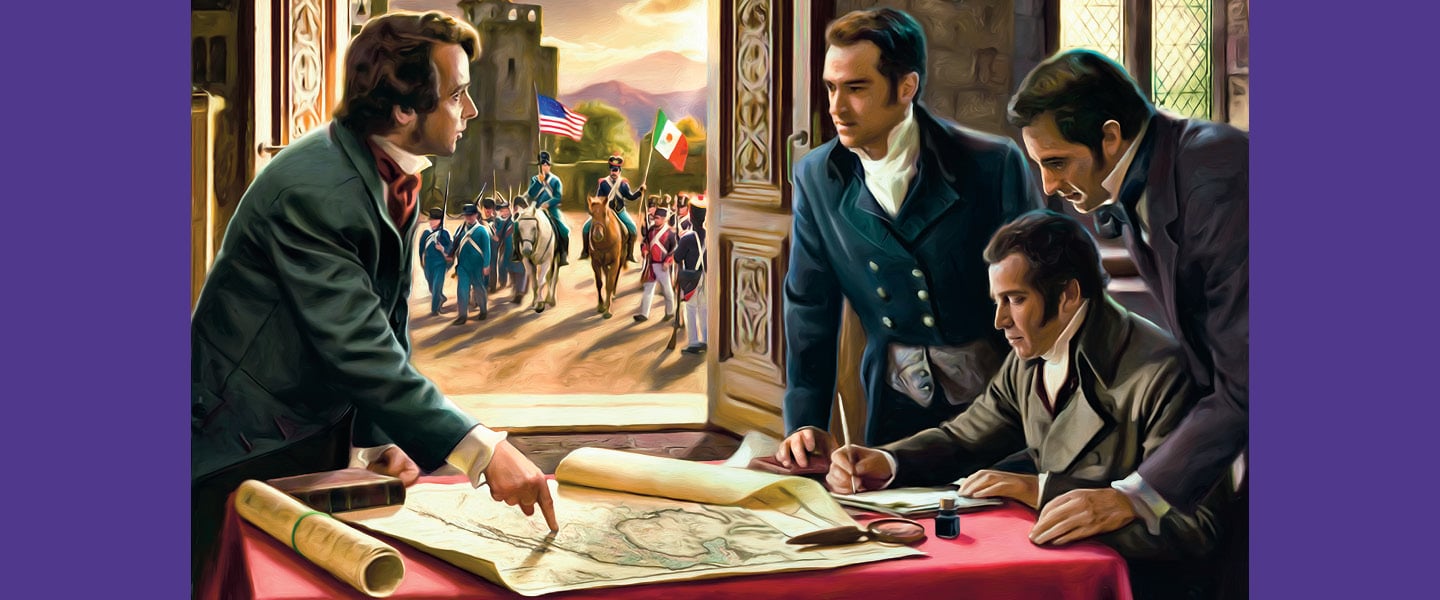During a visit to the National Mall in Washington, D.C., you might see monuments and memorials dedicated to wars fought by the U.S.—from the Revolutionary War to World War I and the Vietnam War. But there’s one war that completely reshaped the American map and isn’t memorialized in our nation’s capital: the Mexican-American War.
That war, which ended 175 years ago, is perhaps the nation’s least remembered and least understood conflict—but it had huge ramifications. A defeated Mexico ceded half its land to the U.S., expanding the American nation all the way to the Pacific Ocean and shaping how the Southwest region looks today (see map).
During a visit to the National Mall in Washington, D.C., you might see monuments and memorials dedicated to wars fought by the U.S. They include the Revolutionary War, World War I, and the Vietnam War. But there’s one war that completely reshaped the American map and isn’t memorialized in our nation’s capital. It is the Mexican-American War.
That war, which ended 175 years ago, is perhaps the nation’s least remembered and least understood conflict. But it had huge implications. A defeated Mexico ceded half its land to the U.S. It expanded the American nation all the way to the Pacific Ocean and shaped how the Southwest region looks today (see map).

